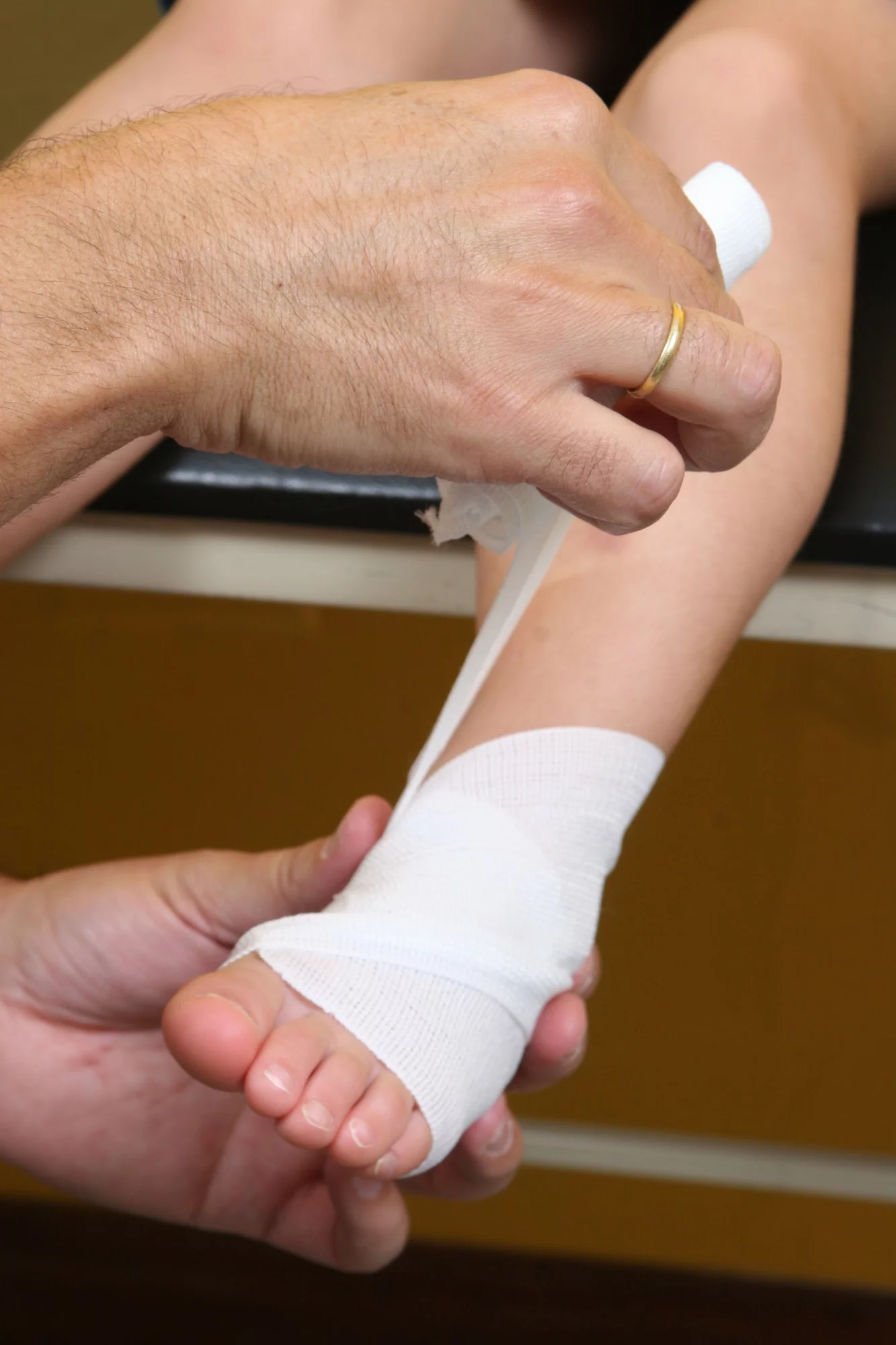What is Ankle Instability?
Repeated ankle sprains often contribute to ankle instability. These recurrent sprains weaken and stretch the ligaments and tendons that surround the ankle causing greater instability. Over time, it can cause other complications in the foot and ankle.
In the beginning, the ankle instability occurs when walking or doing movement activities, but in time, it can even happen when stationary. Though it can occur to anyone, chronic ankle instability is a common problem among athletes.
Symptoms of ankle instability
- Repeated ankle sprains, when participating in sports.
- Constant discomfort and pain.
- Swelling and tenderness.
- The ankle feels wobbly or unstable.
Causes of ankle instability
A particularly traumatic ankle sprain can weaken and tear ligaments and tendons, thereby triggering ankle instability. This can get aggravated by:
- Obesity
- Lack of follow up strengthening exercises.
- Return to sports before the ankle fully recovers.
Recovery and rehabilitation are very important in preventing frequent ankle problems and chronic ankle instability. Some methods to help overcome ankle instability include:
Problems caused by high arches
High arches, if they are severe, can cause a lot of painful foot conditions, as they affect posture and gait. Some common problems and conditions include:
Physical therapy
Various treatments and exercises are recommended to help strengthen the ankle, improve balance and range of motion, and retrain the muscles. A sports person may also need to strengthen and train the areas that are associated with their particular sport.
Bracing
Ankle braces may have to be worn for a while to support the ankle till the tendons and ligaments heal.
Medications
Nonsteroidal anti-inflammatory drugs (NSAIDs), such as ibuprofen, may be prescribed to reduce pain and inflammation.
When Is Surgery Needed?
Sometimes, if the ankle instability doesn’t get better with non-invasive treatment, surgery may be recommended. It usually involves repair or reconstruction of the damaged ligaments. The type of procedure will depend on the severity of the ankle instability. The recovery time will depend on the type and number of procedures involved.
Ankle instability can cause complications if ignored. Many sports people do not take time to let their injuries heal and get back on the field far too soon. This causes the injury to happen recur and each time it does, it weakens the ankle. If not managed, in time, it can completely prevent the athlete from participating in their sport.
If there is chronic ankle stability, it is important to show it to a podiatrist and follow the treatment and rehabilitation program properly. With the right help, one can get back to the field stronger and fitter.



